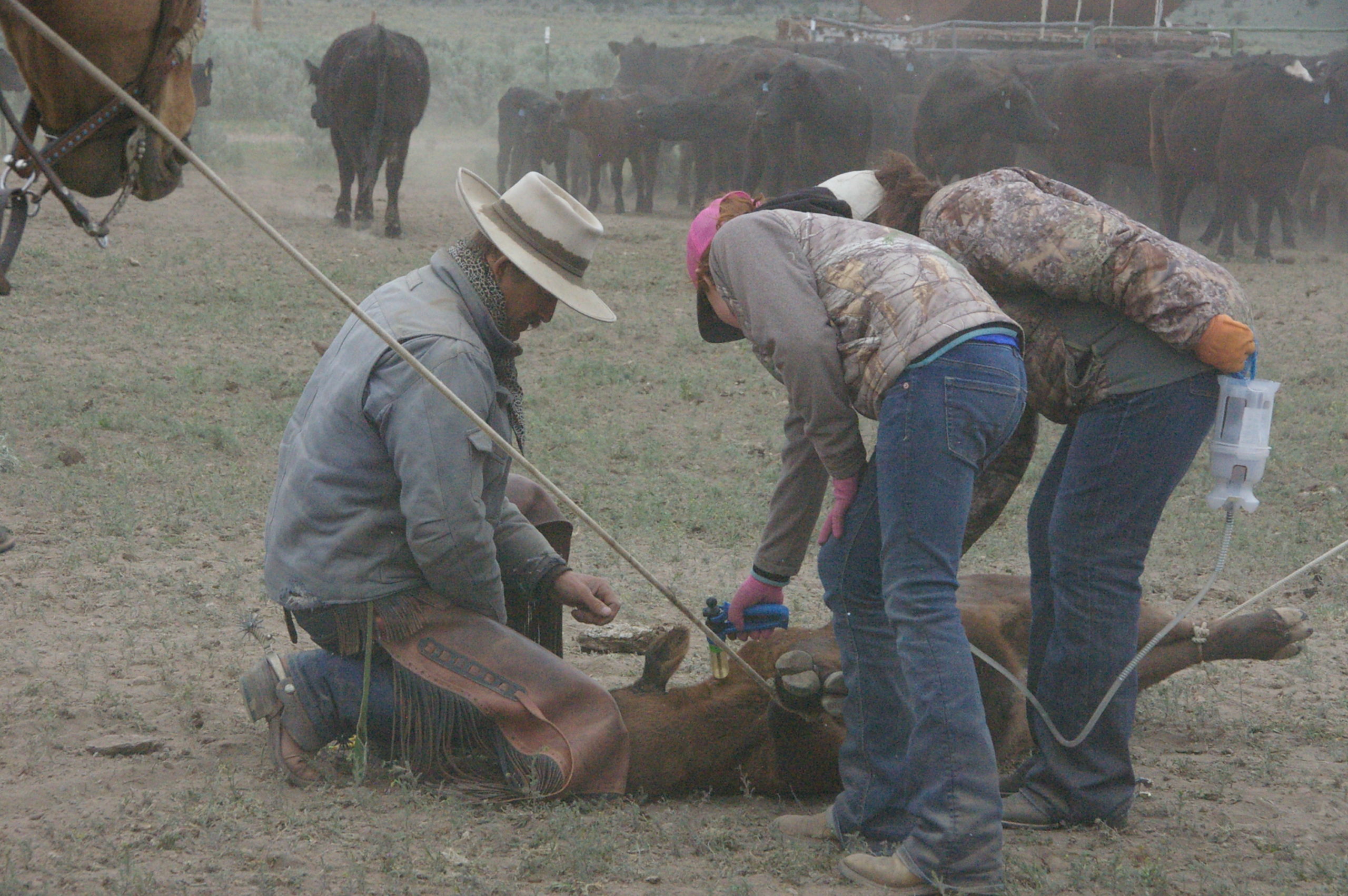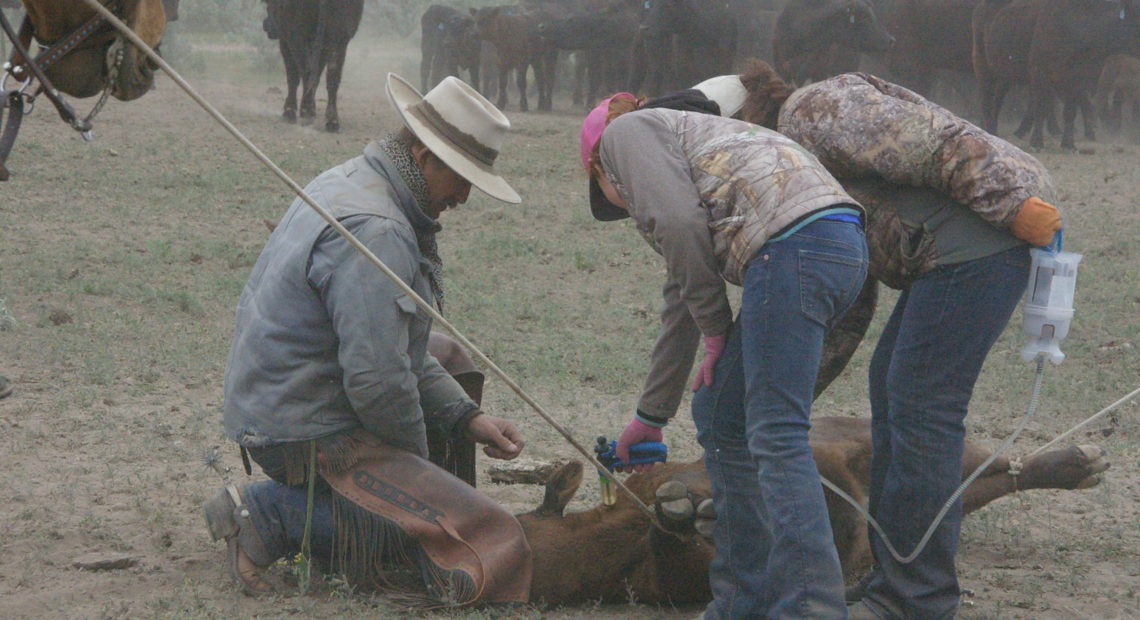
The Northwest Cattle-Branding Show Goes On, With Cautious Eye Toward Coronavirus Safety
Listen
Cattle brandings in the Northwest are usually dusty group affairs.
Cowboys yell and call to each other. Horses work into a hot lather, helping their riders chase and rope the calves. Nervous mother cows bawl to try and find their babes. A smoky fire heats the irons. Children clad in Carhartt coats and cowboy hats watch from nearby pickups. You have to stay alert to not be trampled by horses or cloven hooves.
Around a million beef cattle are born each spring in the Northwest — about 228,000 in Washington, 533,000 in Oregon and 495,000 in Idaho last year according to the USDA. Around this time, all those springy-young calves need to be vaccinated, ear-tagged and branded for life on the open range.
It takes a large crew working close to get through hundreds of cattle at a time, and ranchers say the job can’t wait — coronavirus or not.
John O’Keeffe and his wife Jane run hundreds of Angus and Hereford cattle outside Lakeview in eastern Oregon, a few miles north of the Nevada border.
“We’re absolutely concerned about it,” he says. “We’re fortunate to not have any cases turn up in the area and we’re getting through it so far.”
Brandings are a time for far-flung neighbors to socialize and work together. They usually have a big meal after. Some operations have stopped that. And they sure don’t want to get each other sick.
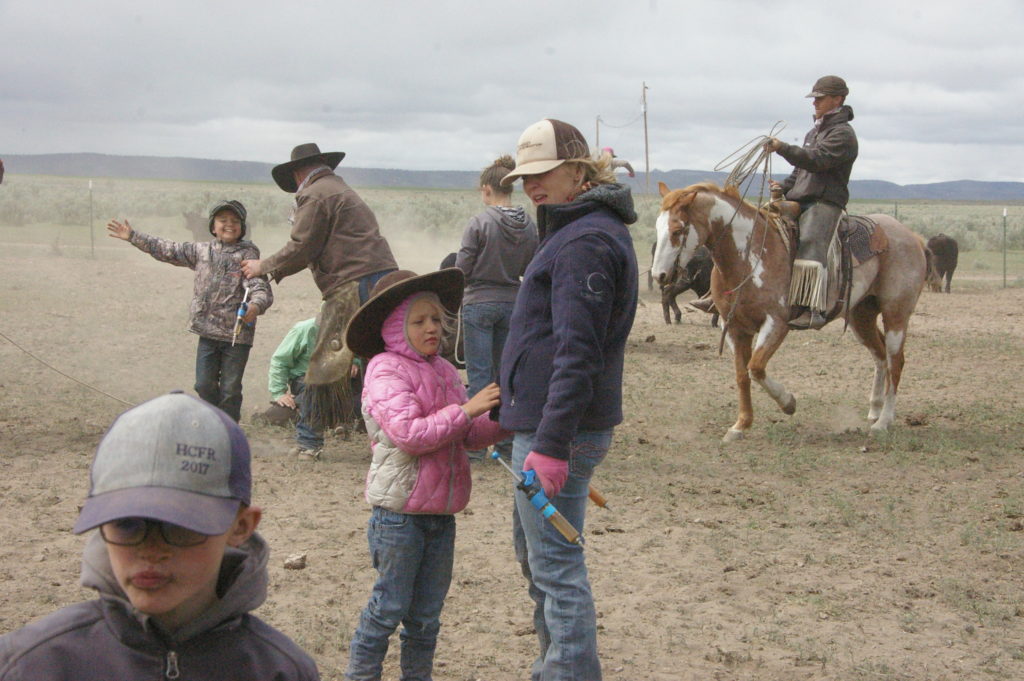
Cattle brandings are also social events for far-flung neighbors to gather and socialize. Often, large home-cooked meals are served up as a thank you. Now, some Northwest brandings are canceling the meals, or inviting fewer people. Courtesy of Gary King
“If you have an emergency, your second call is to 911,” O’Keeffe says. “Your first call is to your neighbor, because they are probably 10 minutes away, where 911 is probably a couple of hours away. So no, we’re real dependent on our neighbors.”
O’Keeffe says the nearest medical help, the small Lakeview hospital, is about 35 miles from his ranch, and mostly specializes in stabilizing people and then airlifting them to larger facilities.
O’Keeffe says he’s inviting smaller crews to brand at his place since the global pandemic hit. But it’s hard because several people are needed around each roped calf to brand, vaccinate, castrate and ear-tag it quickly. It’s harder on the calf to do the process more slowly when people are social distancing.
After the branding, the young calves return to their rangy mothers. Sometimes they group up and play, or laze about together, napping in the sun — from the lush pastures of western Oregon and Washington to the dramatic deserts further inland.
O’Keeffe says waiting out the pandemic isn’t an option. The calves will get too big to handle. There will be more flies that would irritate wounds. And the cattle could get mixed up without brands on the open range.
Their next branding is set to begin in early May.
Related Stories:
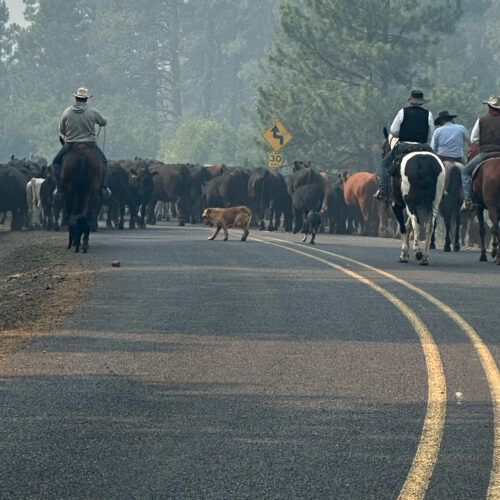
Burnt over cattle and lands: In southeast Oregon, grief-stricken ranchers are exhausted and frustrated by wildfires
Moving cattle out of a forest recently outside of Burns, Oregon. (Credit: Sabrina Maki) Listen (Runtime 4:33) Read Exhaustion and frustration: Ranchers in southeast Oregon are battling wildfire. Like many
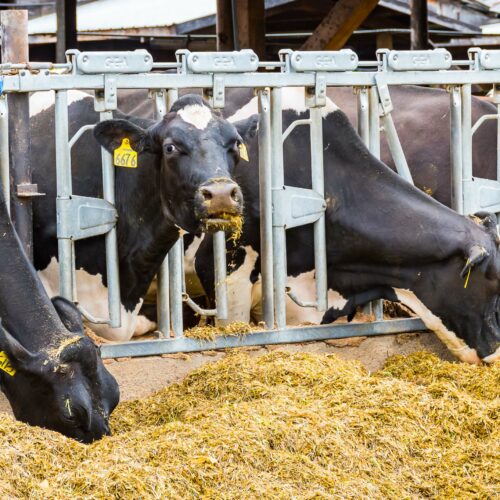
Migratory birds could cause avian influenza in Northwest dairy cattle
Northwest dairy cattle eat rations out of a feed bunk. (Credit: Washington State Department of Agriculture) Listen (Runtime :58) Read Experts say they are not sure how the highly-pathogenic avian
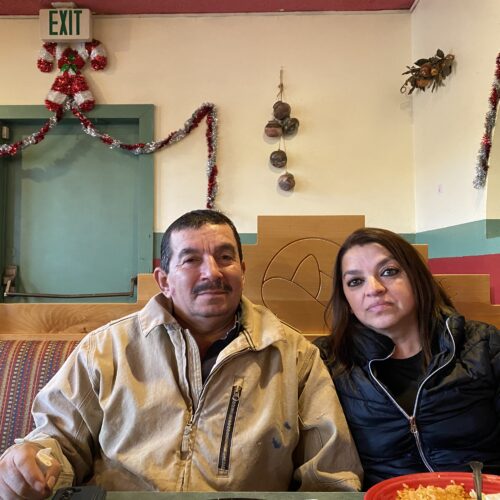
The cow that stole Christmas: Nearly 20 years since mad cow disease was first discovered in Washington state, one family still struggles
Sergio Madrigal and his wife, Rosa, stand outside the farm they owned, until recently, near Sunnyside, Washington. (Courtesy: Anna King / Northwest News Network) Listen (Runtime 2:56) Read It has

